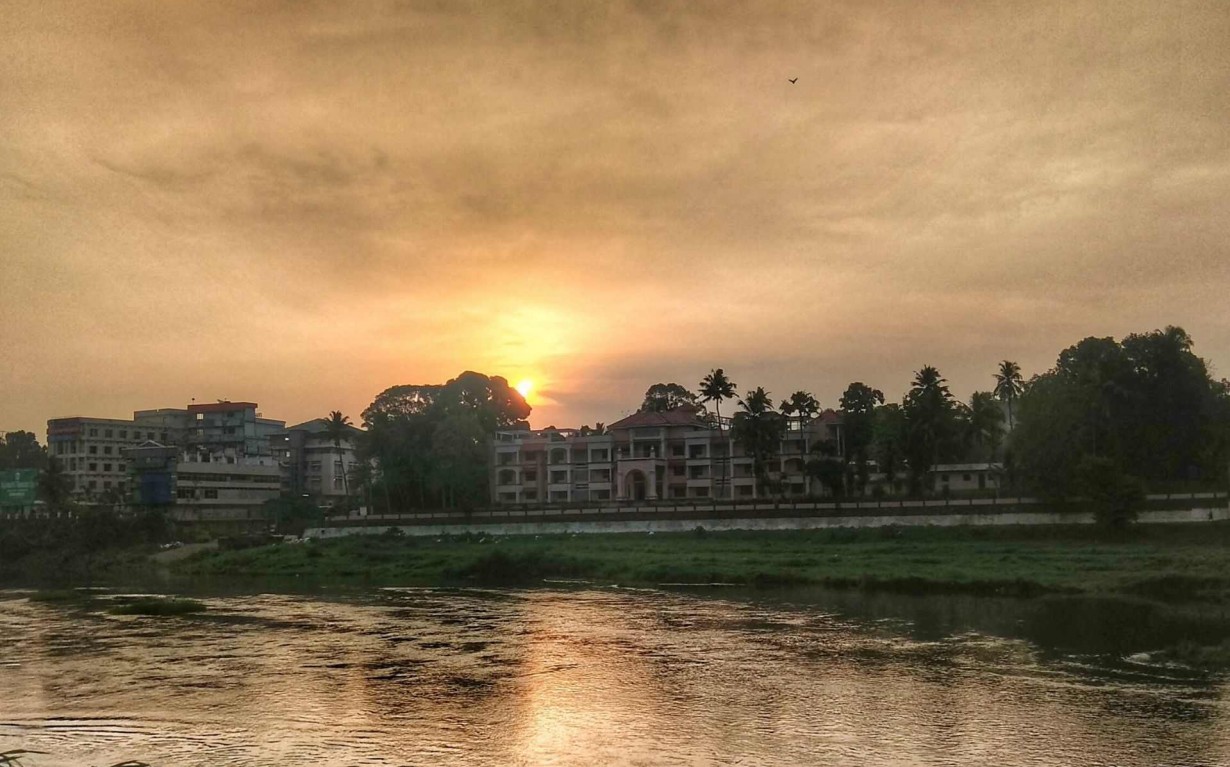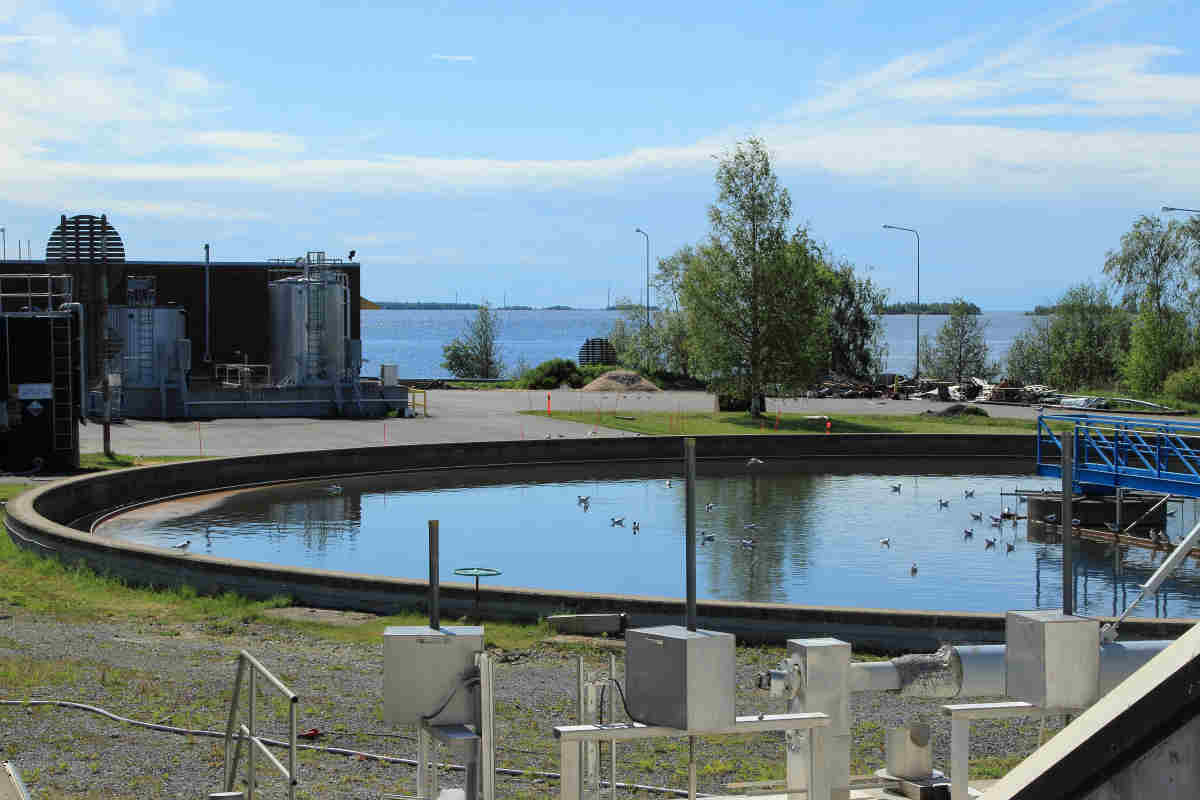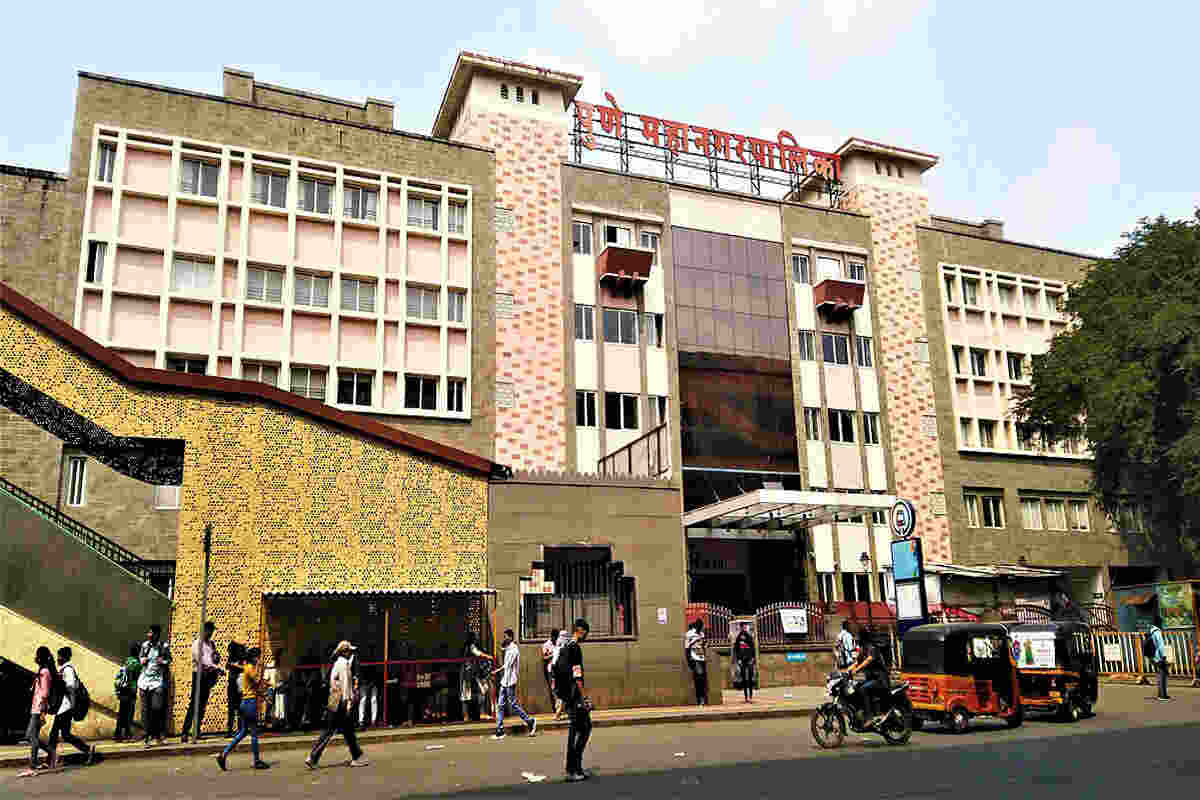The Pamba River contains 3.1 kg/hectare/year of ammonium nitrogen as a result of human waste.
Pamba River, the third-longest river in the South Indian state of Kerala stretches over a length of 176 km and there, the famous Sabarimala temple, dedicated to Lord Ayyapa is located on its banks, is now affected badly with pollution.
The basin of the river extends over an area of 2,235 square kilometers with the entire catchment area within the state of Kerala.
PATH OF THE RIVER AND ITS SIGNIFICANCE
The River originates in the Pulachimalai hill in the Peerumedu plateau from which one branch flows through 24 villages and enters the Vembanad Lake and the other to Thottapally spillway.
Kuttanad, known as the rice bowl of Kerala which is an important rice cultivation spot of the state draws water from the Pamba river for irrigation.
Due to drought and lack of river protection initiatives, the Pamba river has completely dried in some places and declined into a stream in other places.
Pamba River plays an important role in many cultural and religious festivals of Kerala. Some of these include Cherukolpuzha Convention, Maramon Convention, the largest Christian convention in Asia which was started in 1896, and the ancient Parthasarathy temple.
SABARIMALA TEMPLE AND THE PAMBA RIVER
Sabarimala temple on the upper catchment area of the Pamba River is one of the world’s largest pilgrimages with about 40-50 million devotees visiting every year. Pamba is at a distance of 8 km from the temple and possesses a very important role in the Sabarimala pilgrimage.
Pilgrims visiting the temple take bath in the river which is believed to be equivalent to bathing in the Ganga River. Every day, millions of Hindus dip themselves in the river with the belief of washing off their sins away.
This practice is sometimes violated by throwing garbage and cloth into the river. Leaf and other vegetable waste can also be seen floating in the river.

Phosphorus loads from detergents were found at 5.6 kg per hectare per year in the same area. This is because the river is also utilized for cleaning and washing purposes by the pilgrims. During the three months pilgrim season, the water of the Pamba River is influenced by bacteria and a huge amount of nutrients.
DIMINISHING QUALITY OF THE RIVER
The Kerala State Pollution Control Board conducted analysis about the water quality of the river and it was found that
- Faecal coliform (FC) count is at 5,100 colony-forming unit (CFU) in every 100 ml of water against its maximum permissible limit of 500 CFU/100 ml, at its downstream
- The Biochemical Oxygen Demand (BOD) of the river water was found 4.7 mg per litre against the maximum permissible limit of 3 mg.
SEWAGE ADDITION FROM DIFFERENT SOURCES
The daily average amount of untreated sewage generated in Pamba town is 7 MLD and 3.5 MLD and are being discharged into the Pamba River. The daily average sewage generated in Sabarimala is 10 MLD and this too was dumped into the river.
The inflow of fertilizers and pesticides from agricultural lands and plantations situated on the banks of the river also provide a significant source of pollution
These plantations use 20,000 tons of fertilizer and 50 tons of pesticides per year, added into their rice fields. All of these get washed off during monsoon and drains directly into the river causing an increase in the total colifom number.
The total coliform per 100 ml is reported to be from 40,000 to 46,000 MPN at Pamba while coliform should not be detected in a 100ml sample of drinking water.

ILLEGAL CONSTRUCTIONS ALONG THE BANKS
A huge number of illegal constructions have been carried out along the banks of Pamba River, in recent times. These include two-storied buildings providing toilet facilities, hotels, and restaurants. They aim in gaining profit from the devotees visiting the temple.
These sites are the main concern in monsoon season as they restrict the flow of floodwater which eventually leads to destroying the river banks.
During floods, these buildings get demolished and waste from these buildings (toilet and food waste) flows with the water, contaminating the water body.
These illegal constructions have led to the rise in the level of bacteria in the river to 500 times more than the normal level as sewage discharge from these buildings are directed into the river.
SUPREME COURT ORDER AGAINST BEFOULING
In November 2018, the Supreme Court of India notified the Kerala Government to provide facilities in order to protect the Sabarimala ecosystem. Later, the government of Kerala implemented a “master plan” to make the actions done at Pamba River eco-friendly.
This included providing the pilgrims with toilet facilities, cloakrooms and restaurants. The court also demanded to demolish all the illegal constructions done on the river banks.
ADMINISTRATION INITIATIVE: WASTEWATER TREATMENT PLANT FOR SAFE DRINKING WATER
The Pollution Control Board of Kerala (PCB) has undergone laboratory analysis on the water quality of the Pamba River and found out that the level of coliform bacteria was considerably high.
- The Travancore Devaswom Board (TDB) set up wastewater treatment plants at Pamba and Nilakkal to improve the water quality providing the pilgrims. The new plan focuses on enhancing the quality of water better than the earlier constructed plant.
- Setting up a new treatment plant was in urgent need since the existing treatment plant failed to provide satisfactory results. The 5 MLD capacity treatment plant will replace the old one after the completion of its construction.
- TDB declared that the new treatment plant will eliminate all the technical errors that they have come across in the existing treatment plant.
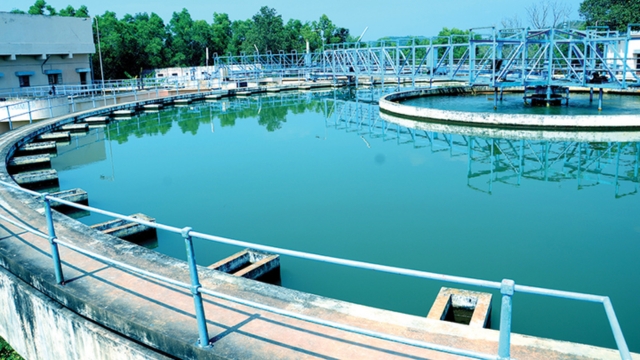
COMMUNITY INITIATIVE
Amala Bharatham, a campaign aimed at cleaning India’s public places took an effort in cleaning the river Pamba on March 25th and 26th 2012. The focus was on cleaning the riverbed as most of the floating objects were cleaned on a daily basis.
- The team succeeded in collecting 98 truckloads of waste by working day and night.
- To make the process easier, the river was blocked by a dam.
- Tractors were made to grab waste from the river bed by paving way to the river.
- 175 volunteers from all around the world joined hands in making the campaign a success.
NEED FOR IMMEDIATE ACTIONS
The act of deteriorating the Pamba River has been an evident topic of discussion for years. The state of the river becomes seriously ill during the pilgrimage season. Hence there is an immediate need for awareness-raising activities and proper waste management.
CIRCULAR ECONOMY BASED SOLUTIONS
Circular economy is the concept of reducing environmental impact and over-exploitation of resources by improving the stages of product economy. It aims in diminishing waste production by effective reuse and recycling methods benefiting the local producers.
- Appropriate training must be conducted for devotees attending the temple every season about the importance of preserving their culture and belief.
- Local volunteers can be appointed in maintaining proper management of waste disposal. An initiative from the rightful authorities can form a body of local volunteers who would be responsible for guiding the devotees to dispose of waste at the right place.
- Earnings can be brought into local households by producing waste bins and compost to tackle the situation. Encouragement for such initiatives must be imposed by the government.
- Periodic river clean up missions can also contribute to the health of the river. These activities can also be established with the help of locals providing enough benefit for them in return.
- Providing proper disposal methods of waste for different categories of waste will not only improve the waste management criteria but also helps in recycling and up-cycling.
EARTH5R: CIRCULAR ECONOMY APPROACH
Earth5R has done many river repair activities and Yamuna River in India waste management is one among them. This program is an example of a circular economy as it made an appreciable impact on environmental, social and economic aspects.
- Social : Awareness program among locals on the hazards of polluting the river source.
- Economic : Providing a livelihood to the local rag pickers by giving them the opportunity to recycle the collected waste.
- Environmental : Introduced the concept of recycling and upcycling with circular economy and brought realization of benefits for all stakeholders.
Upholding the importance of recycling and reduction of waste production, these works have shown the need for such rehabilitation works.
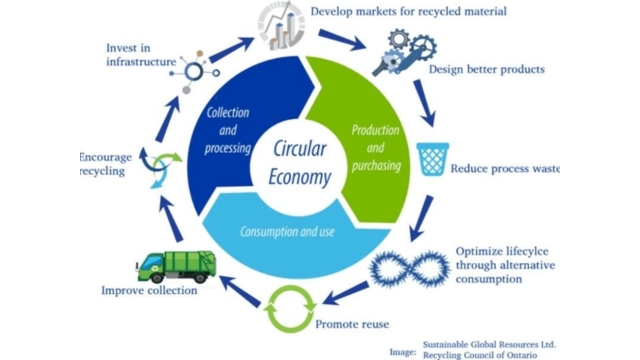
It has been time for taking action against such irresponsibilities and illegal activities that damage the very useful source of life called rivers. Special care should be taken towards such holy rivers for retaining their purity and the health of the people believing in it.
Another great example of incorporating sustainability to river cleanup plans is the Mithi River cleanup event. For this very project, earth5r received EUR 0.6 million to clean plastic waste from the Mithi River along with the United Nations Technology Innovation Labs (UNTIL) Finland, VTT Technical Research Centre of Finland and Finnish clean tech start-up River Recycle.
For the next phase of the Mithi River Project, the team will set up an advanced pyrolysis unit with zero emission technology that will produce oil from non recyclable multi layer packaging.
“It shows that the time has arrived when with a circular and scientific model projects can be funded and supported by diverse stakeholders”SAURABH GUPTA, FOUNDER – EARTH5R
Such initiatives of great effectiveness should be made common in different parts of the world and it is our duty to stand against such deterioration of our natural resources.
THE 5R CONCEPT
These programs include large scale prevention campaigns for the first 3Rs of 5R (Respect, Reduce, Reuse) like training citizens, industries on waste reduction, waste management and processing, circular economy, livelihood development, and citizen led river catchment clean-ups.
For the 2Rs of Earth5R (Recycle, Restore), solar powered booms and solar/ hybrid powered conveyor belt based machines have been set up that work 24×7 to take out the plastic and other waste from the river. Then the waste would be segregated, and channelized for livelihood programs under circular economy and recycling projects.
Reach out to Earth5R to know more about solving environmental issues by creating circular economy based sustainability projects.
ABOUT EARTH5R
Earth5R is an environmental organization from India with its head office at Mumbai. It works with the NGO sector, Companies and helps them conduct environmental corporate social responsibility (CSR) programs across India. Earth5R specializes in circular economy based projects. Earth5R also offers short term and long term environmental courses.
Earth5R’s Global Sustainability Hub is a cross-sector and cross-country collaboration in pursuit of UN Sustainable Development Goals. It is an excellent opportunity for governments and the private sector to engage with communities, use Sustainability-based models to drive economic changes and create social and environmental impact.
Reported by Mehfil Mubarak, edited by Shafa Azzahra

